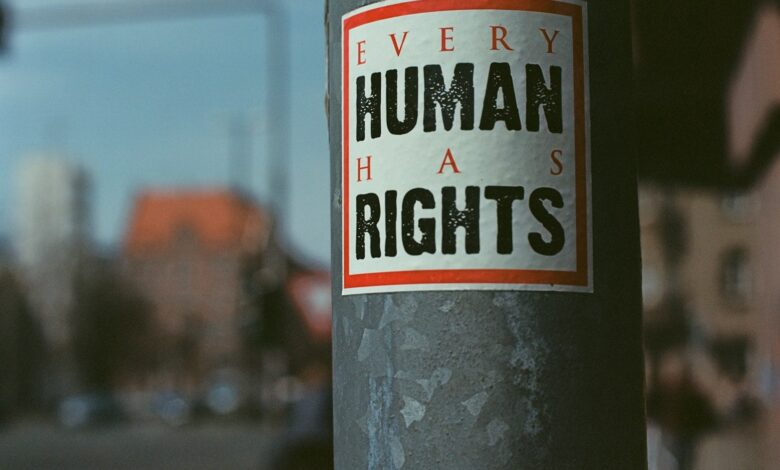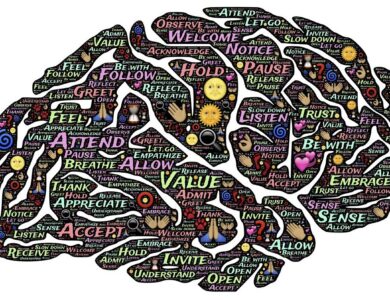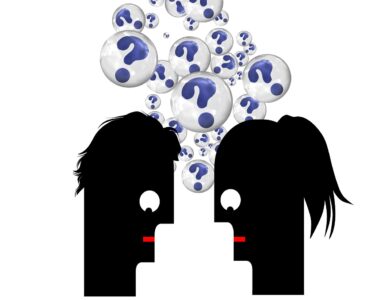The Universal Declaration of Human Rights: Why It Still Matters Today!
The Origins of the UDHR: A Hopeful Vision for a Better World

Introduction
The Universal Declaration of Human Rights (UDHR) stands as one of the most significant documents in human history. Adopted by the United Nations General Assembly on December 10, 1948, the UDHR was a response to the atrocities of World War II and the desire to ensure that such violations of human dignity would never happen again. This document sets forth a common standard for the protection of human rights, affirming the inherent dignity and equal rights of all individuals, regardless of race, religion, gender, or nationality. This article explores the origins, significance, and continued relevance of the UDHR, shedding light on its impact on global human rights efforts and the challenges it faces today.
Current Trends, Challenges, and Opportunities
While the UDHR laid the foundation for human rights advocacy, the world has changed dramatically since its adoption. Globalization, technological advancements, and shifting political landscapes have brought both new opportunities and challenges for the realization of human rights. On one hand, digital platforms have amplified awareness of human rights violations, allowing activists to mobilize support and hold authorities accountable. On the other hand, issues like surveillance, misinformation, and cyberbullying have introduced new dimensions of rights infringements that the drafters of the UDHR could not have foreseen.
Additionally, while the principles of the UDHR are widely recognized, their implementation varies significantly across different countries. Some nations have made strides in protecting human rights, while others face criticism for failing to uphold these fundamental principles. The struggle for equality, freedom of speech, and protection from discrimination continues to be a central focus of human rights advocacy worldwide.
Key Aspects of the Universal Declaration of Human Rights
- The Birth of the UDHR: A Global Response to Atrocities
- Description: The UDHR was created in the aftermath of World War II as a global effort to prevent the recurrence of human rights violations.
- Key Players: Eleanor Roosevelt, Charles Malik, René Cassin, and others were instrumental in drafting this historic document.
- Significance: It was the first international agreement that recognized human rights as universal and indivisible.
- Core Principles of the Declaration
- Description: The UDHR outlines 30 articles that encompass civil, political, economic, social, and cultural rights.
- Key Rights: These include the right to life, liberty, and security (Article 3), the right to education (Article 26), and freedom of thought, conscience, and religion (Article 18).
- Impact: These principles have been integrated into numerous international treaties and national constitutions, serving as a basis for legal frameworks worldwide.
- The Role of the UDHR in Shaping International Law
- Description: The UDHR has influenced the development of international human rights law, including key treaties like the International Covenant on Civil and Political Rights (ICCPR) and the International Covenant on Economic, Social and Cultural Rights (ICESCR).
- Tip: Understanding the UDHR’s influence helps to grasp the broader framework of international human rights protections.
- Example: Many regional human rights instruments, such as the European Convention on Human Rights, are built upon the principles established by the UDHR.
- Challenges to Human Rights Today
- Description: Despite its importance, the UDHR faces challenges, including political repression, inequality, and violations by both state and non-state actors.
- Tip: Advocates must adapt to new challenges, such as digital privacy concerns and the rise of authoritarian regimes.
- Example: Issues like mass surveillance and internet shutdowns directly contradict the principles of the UDHR, highlighting the need for updated frameworks.
- The Importance of Human Rights Education
- Description: Promoting awareness and understanding of the UDHR is crucial for building a culture of respect for human rights.
- Tip: Incorporating human rights education into school curriculums can foster a sense of global citizenship among young people.
- Example: The United Nations promotes initiatives like the World Programme for Human Rights Education to raise awareness about fundamental rights.
- The Role of NGOs and Civil Society
- Description: Non-governmental organizations (NGOs) and civil society play a crucial role in monitoring human rights violations and advocating for accountability.
- Tip: Support from these organizations can be vital in regions where governments fail to uphold their human rights obligations.
- Example: Amnesty International and Human Rights Watch are key players in highlighting abuses and pressuring governments to make positive changes.
- Human Rights in the Digital Age
- Description: The digital age has brought new dimensions to human rights, including the right to internet access and freedom of expression online.
- Tip: Understanding digital rights is crucial for modern advocacy efforts.
- Example: In 2016, the United Nations declared internet access a human right, emphasizing the role of digital connectivity in realizing other rights.
- Regional Human Rights Systems
- Description: Various regions have established their own human rights systems, inspired by the UDHR.
- Tip: These systems often address region-specific issues and can be more effective in enforcing rights locally.
- Example: The African Charter on Human and Peoples’ Rights focuses on issues relevant to the African continent, such as economic and social rights.
- A Call to Action: Upholding the UDHR Today
- Description: The principles of the UDHR remain as relevant today as they were in 1948.
- Tip: Individuals and communities can play a role in promoting and protecting human rights through activism and awareness.
- Example: Supporting local human rights initiatives and educating others about their rights are powerful ways to contribute to the global human rights movement.
Conclusion
The Universal Declaration of Human Rights has served as a beacon of hope for millions, setting forth a vision of a world where every individual is treated with dignity and respect. Despite the challenges it faces, the UDHR remains a cornerstone of international human rights law, guiding efforts to ensure that the fundamental freedoms and rights of all people are protected. By understanding the importance of this document and actively working towards its principles, we can help build a future where human rights are truly universal.
Call to Action: How can you contribute to the global fight for human rights? Share your thoughts on how we can better uphold the principles of the UDHR in today’s world!




